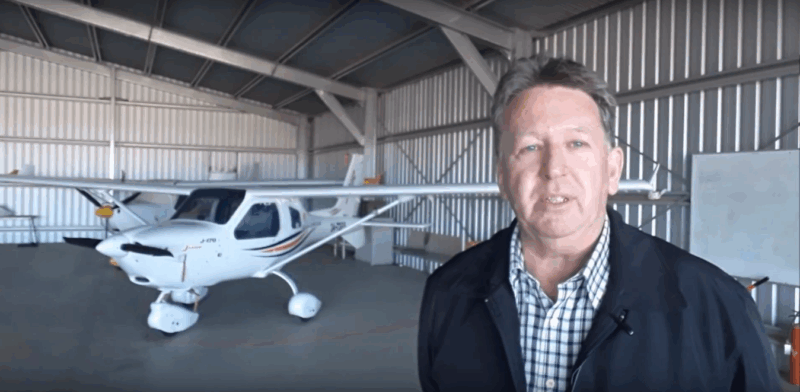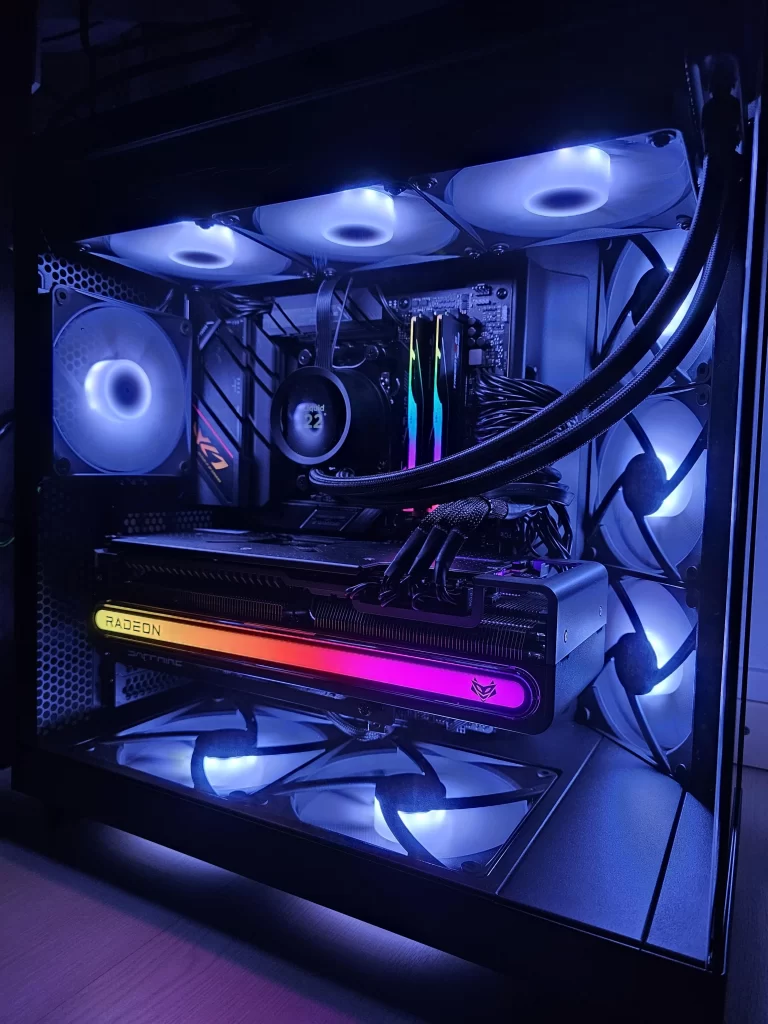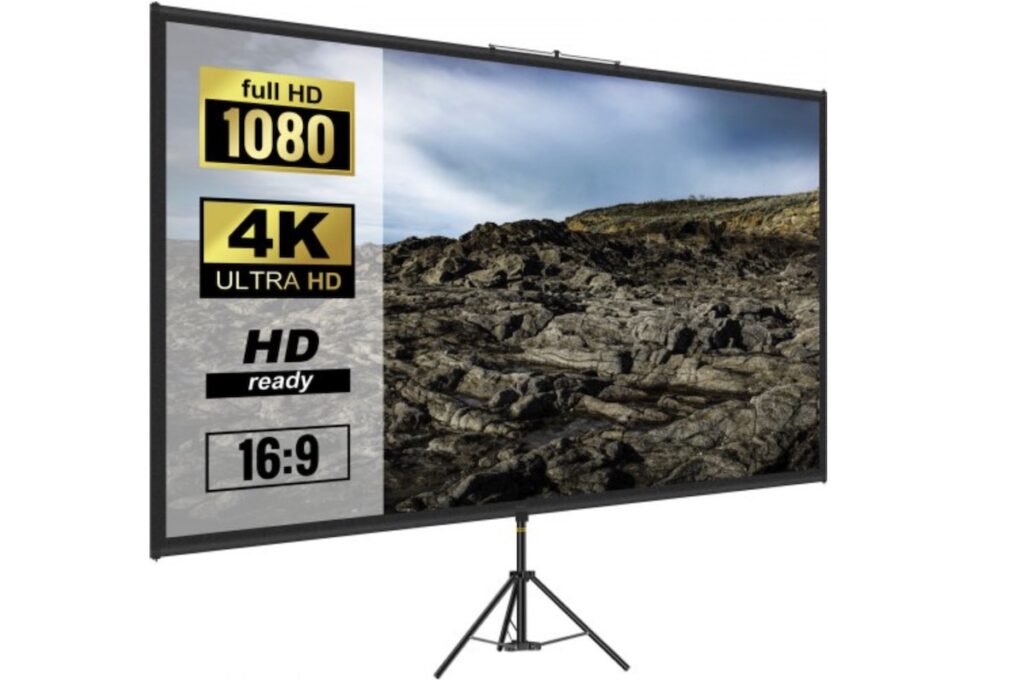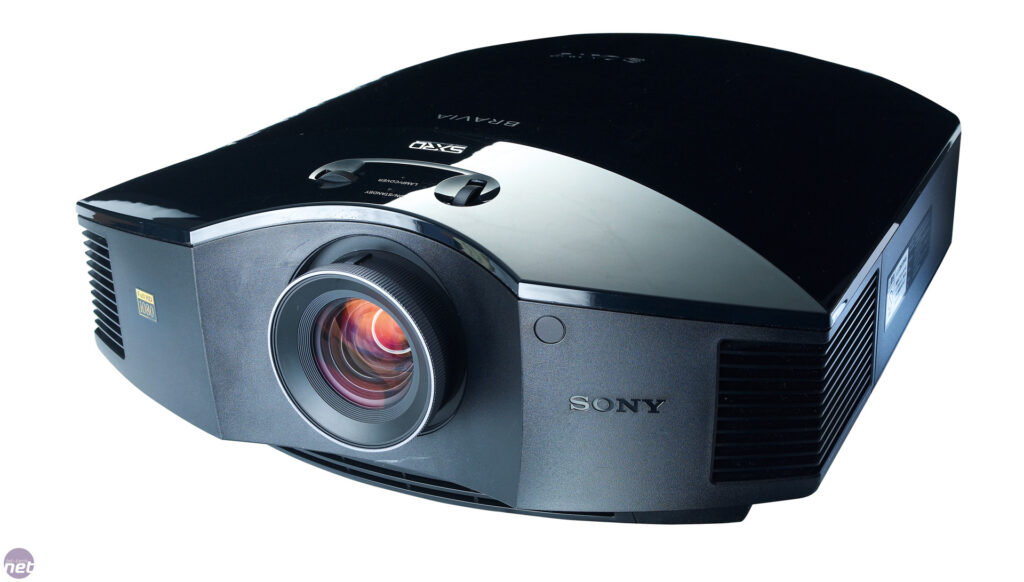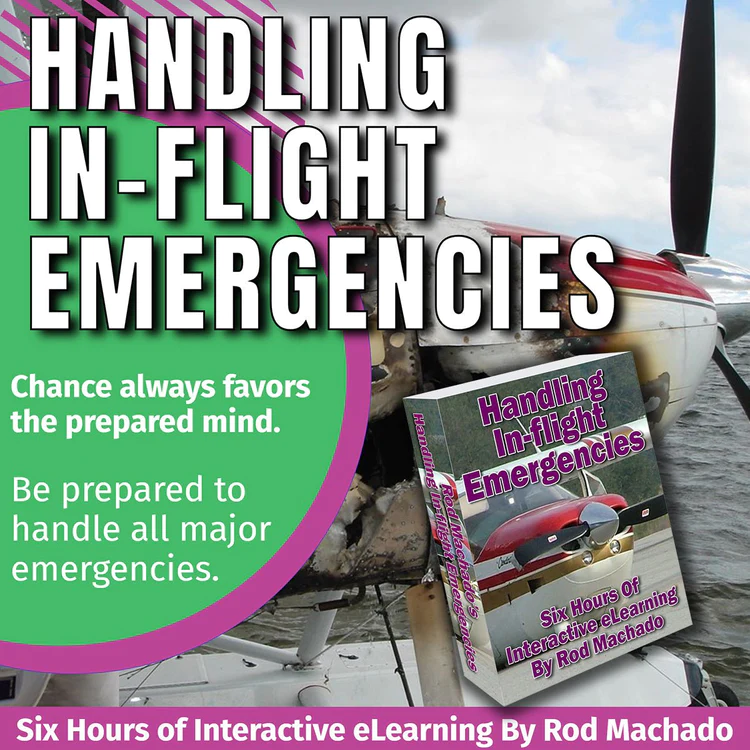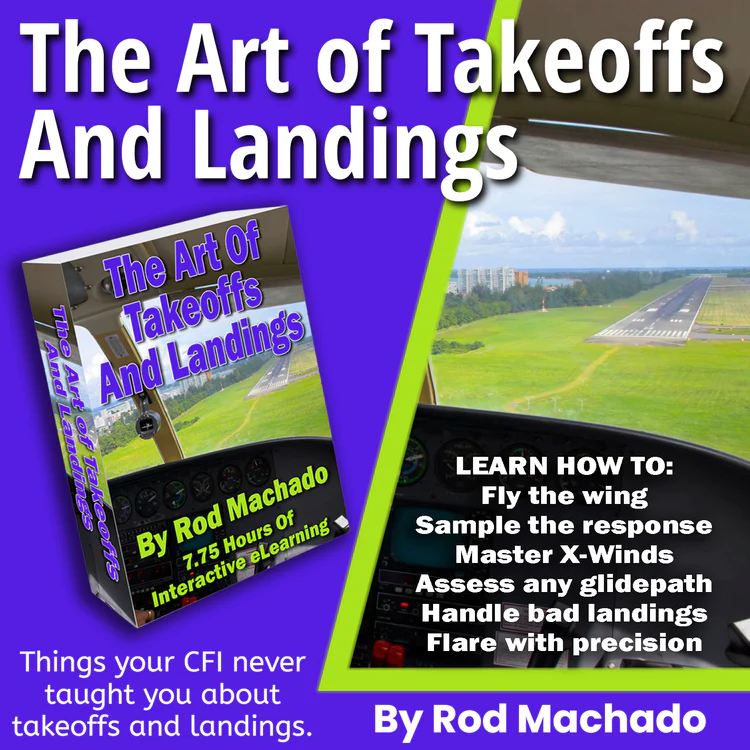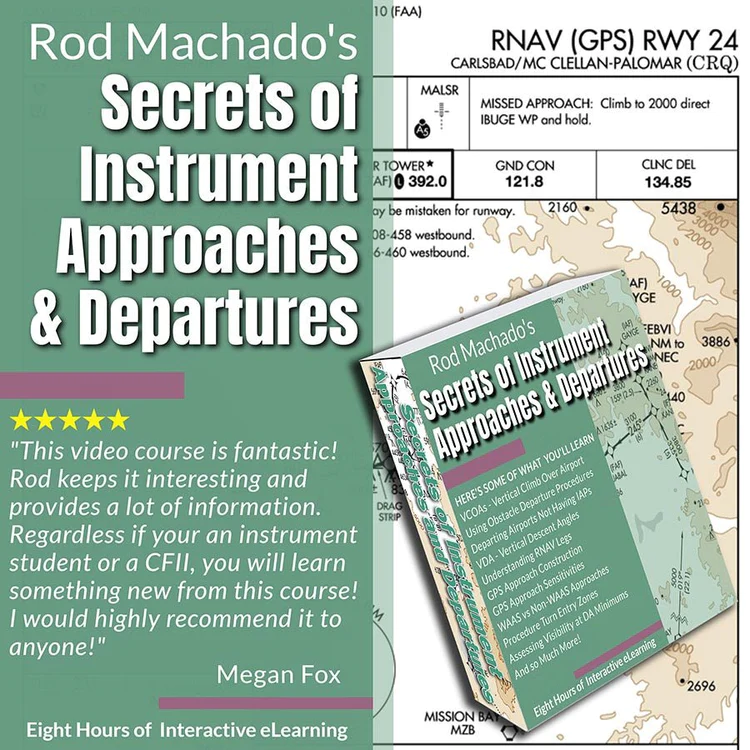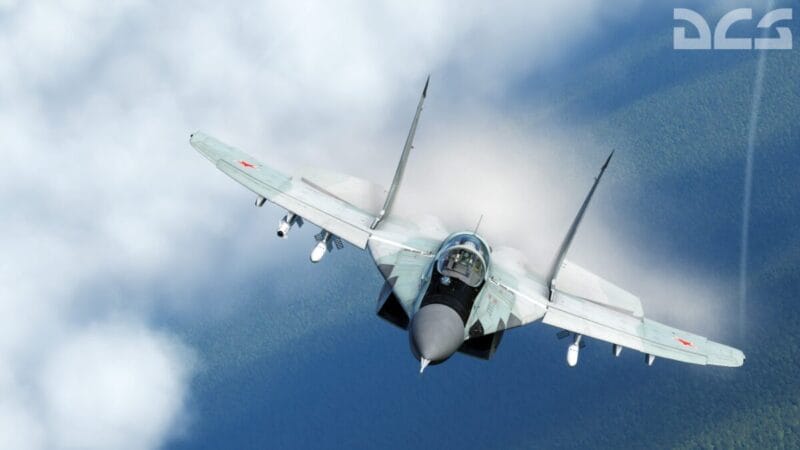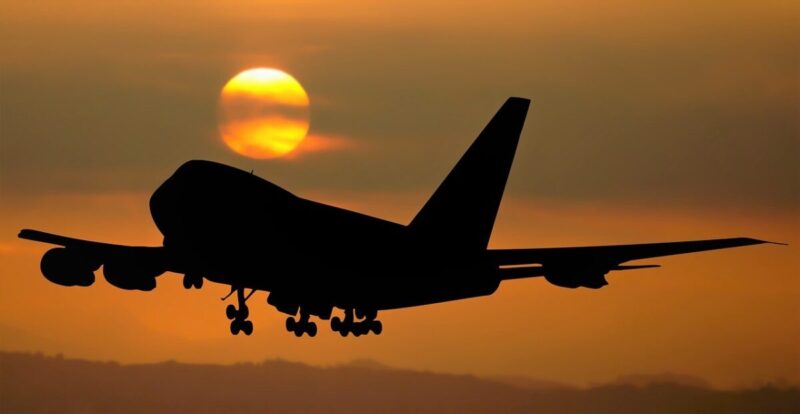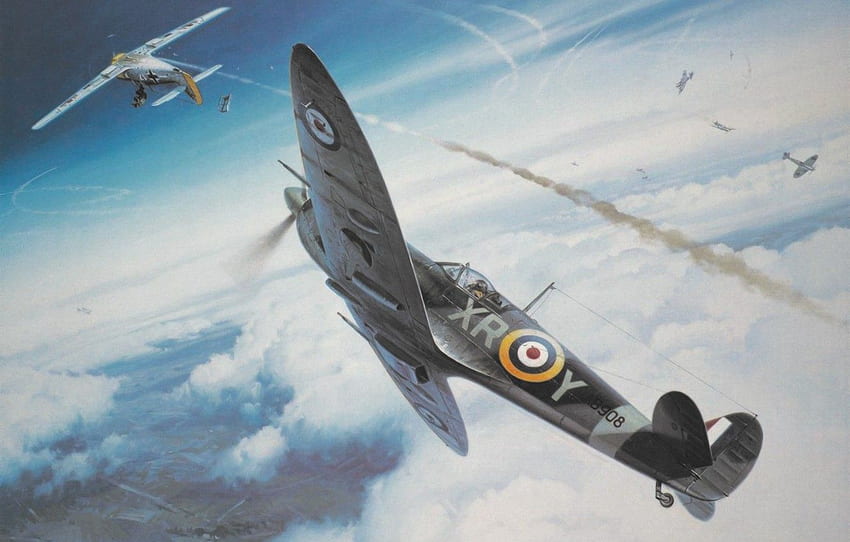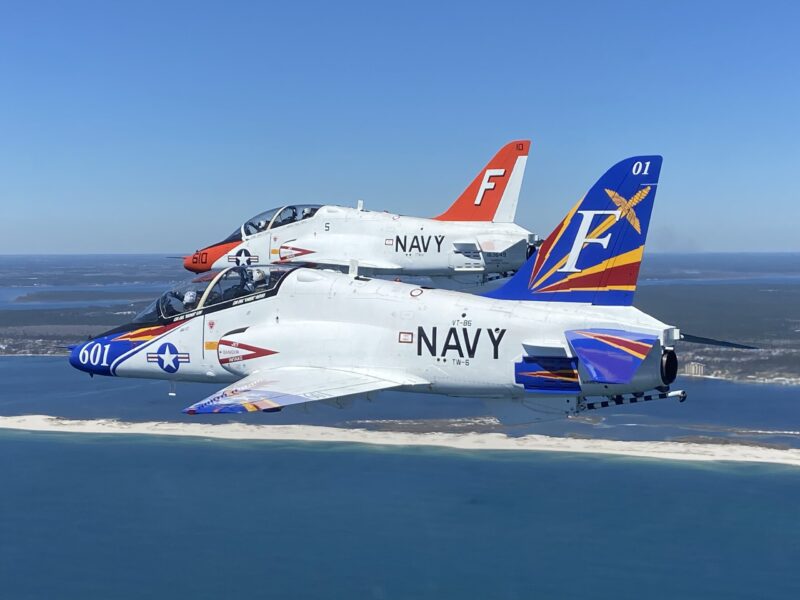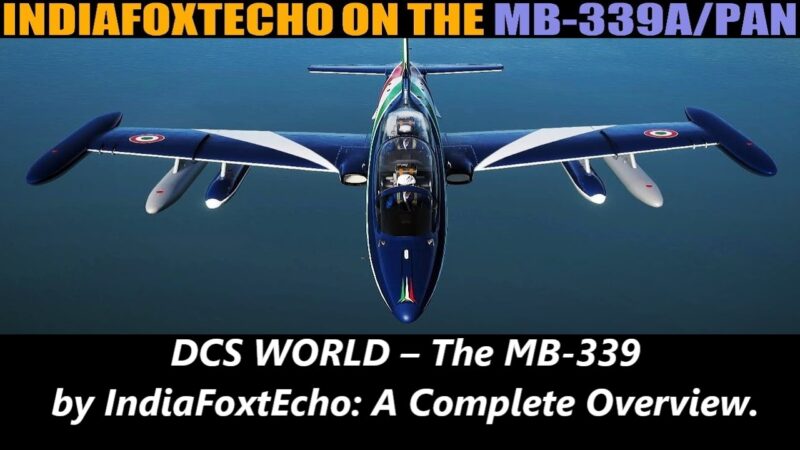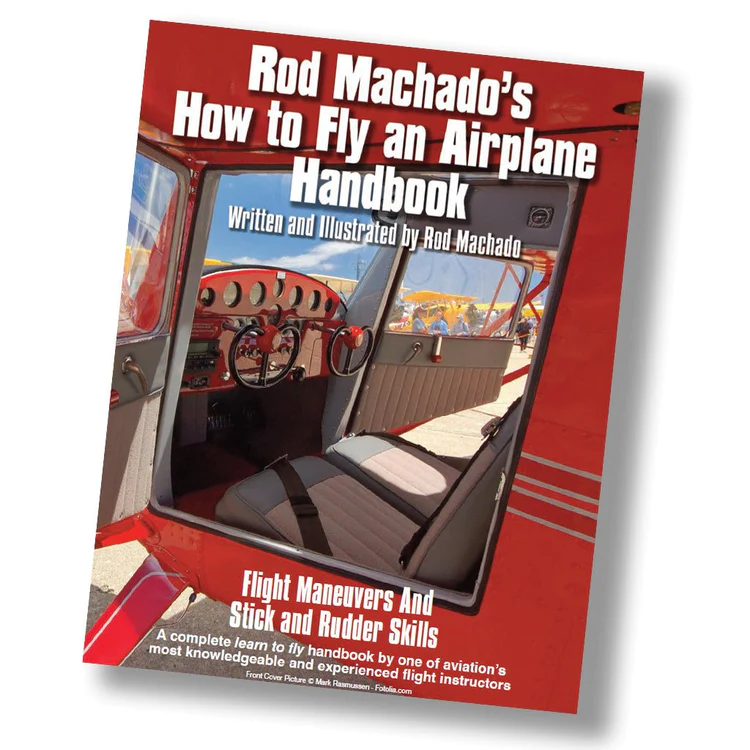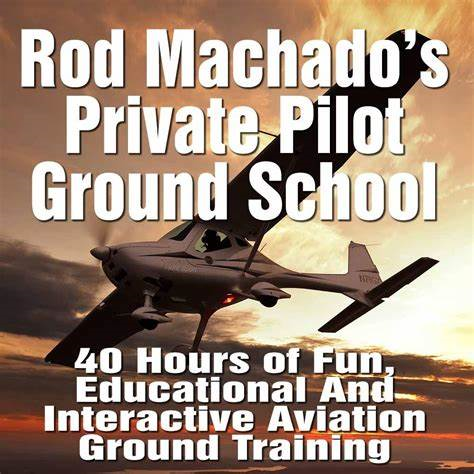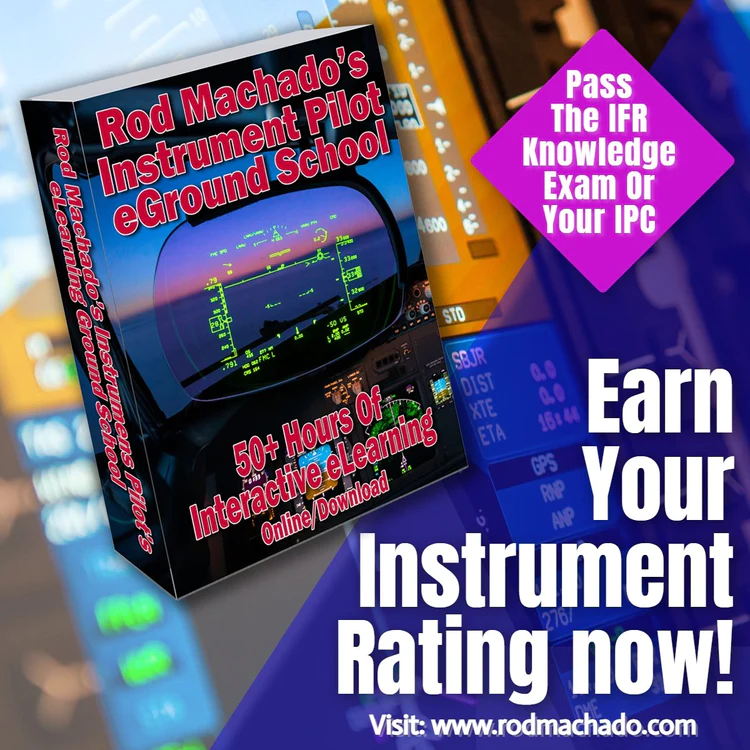Learning to Fly – Navigating the Skies: From Ultralights to Full-Fledged Pilot Licenses.
In my many years of military maintenance experience I always dreamed of learning to fly myself! Like many I lived the excitement of jumping into any flight simulator and over the years they have become so much more realistic. The advent of Virtual Reality systems like Oculus and Reverb G2 the whole experience and immersion was taken to a new level! It was a moment in time, a special time when I personally took the plunge at age 40 to go and learn to fly for real! Was it worth it learning to fly you are probably asking! Yes, it was the completion of a dream I had held since I was in my early teens.
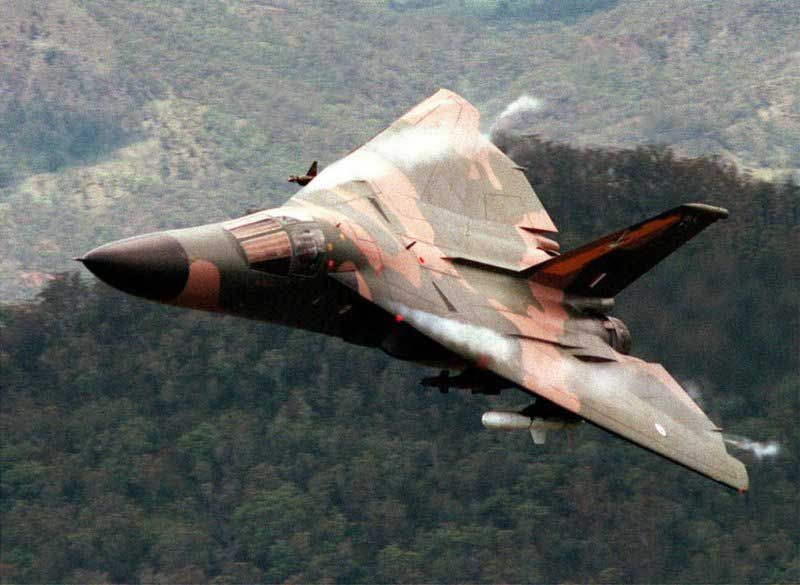
Why didn’t I learn to fly earlier may also be a question you may have so let me give you my personal perspective. I had wanted as a young teen heading into high school anting to be a fighter pilot. Yes, lofty dreams for someone who’s academics prowess was average.
Not low but in an A-D class world I was in C and the odd B class through school and realized fast I wasn’t going to live that dream. It was at this point my thoughts on flying took a back seat with some personal disappointment, but I focused on what could I do to at least be around these incredible jets I had models of on my wall!
I was to turn my attention to being an AIR FORCE maintainer. I studied and did my due diligence visiting the technical training establishment at Forest hill in Wagga Wagga and my uncle who was an engine fitter in the RAAF had me meet one of his mates and that sealed my fate. I became an Armament fitter and worked on all the jets I had models of in my room amazingly enough! The Mirage III which I also flew in plus the F-111 and Tornado IDS as well as many more!
Learning to Fly & Preparation.
If you reach the epiphany moment in your life to complete the dream of learning to fly then you need to get some aircraft knowledge, what and where do you want to fly. Also knowing your end mission i.e. general fun flying, commercial flying or being able to take the family places fast in your own aircraft. This is all part of pilot education and making the journey you travel the best it can be!
You can certainly walk this path of learning to fly on your own but why not get some inexpensive assistance with your aviation journey. You’re going to need to get all your books to study all the parts of General Aviation or as in my own path I took the Sport Pilot route because it best suited my use case. So, what options do you have a pilot when it comes to flying? Let’s break down all the primary flying paths you could consider when learning to fly.
Unlocking the Skies: A Guide to Learning to Fly and Exploring Your License Options.
Soaring through the open skies has always been a dream for many. Whether you start with an Ultralight Part 103 or aim for a full General Aviation (GA) license, the journey to becoming a pilot is an exciting one. In this blog post, we’ll explore the options individuals have to progress from an Ultralight Part 103 to a Sport Pilot license, the limitations they might encounter, and the path to achieving a full GA license.
1. Learning to Fly Ultralight Part 103 to Sport Pilot License:
The Ultralight Part 103 category offers an accessible entry into aviation, allowing pilots to operate lightweight aircraft without an FAA pilot certificate. Transitioning from this category to a Sport Pilot license provides more privileges and opens doors to a broader range of aircraft. The steps involved in this transition include:
a. Eligibility: To obtain a Sport Pilot license, individuals must be at least 17 years old, possess a valid U.S. driver’s license, and pass an FAA medical exam or hold a valid U.S. driver’s license as a substitute.

b. Training: Prospective pilots need to complete a minimum of 20 hours of flight time, including 15 hours of flight training with a Certified Flight Instructor (CFI) and five hours of solo flight.
c. Knowledge Test: A written knowledge test covering aviation regulations, procedures, and safety must be passed.
d. Practical Test: The practical test, also known as the check ride, involves a flight portion and an oral examination.
- Latest CPU’s Available Now – Amazon.com
- Get a NEW GPU Best Performance – AMAZON.com
- Upgrade RAM Here today – AMAZON.com
- Prebuilt PC Options – AMAZON.com
2. Limitations of a Sport Pilot License:
While a Sport Pilot license offers more privileges than an Ultralight Part 103, it still comes with certain limitations:
a. Aircraft Limitations: Sport Pilots can fly light sport aircraft (LSA) that meet specific criteria, such as maximum weight and speed limitations. This restricts the range of aircraft they can operate.
b. Passengers and Weather Restrictions: Sport Pilots can only carry one passenger and are limited to daytime flying under visual flight rules (VFR) conditions.
c. No Class B Airspace Access: Sport Pilots are not authorized to fly in Class B airspace without additional training and an endorsement.
3. Progressing to a Full GA License:
For those who wish to broaden their horizons and gain access to a wider range of aircraft and flying conditions, obtaining a full GA license is the next step. This generally refers to obtaining a Private Pilot License (PPL):
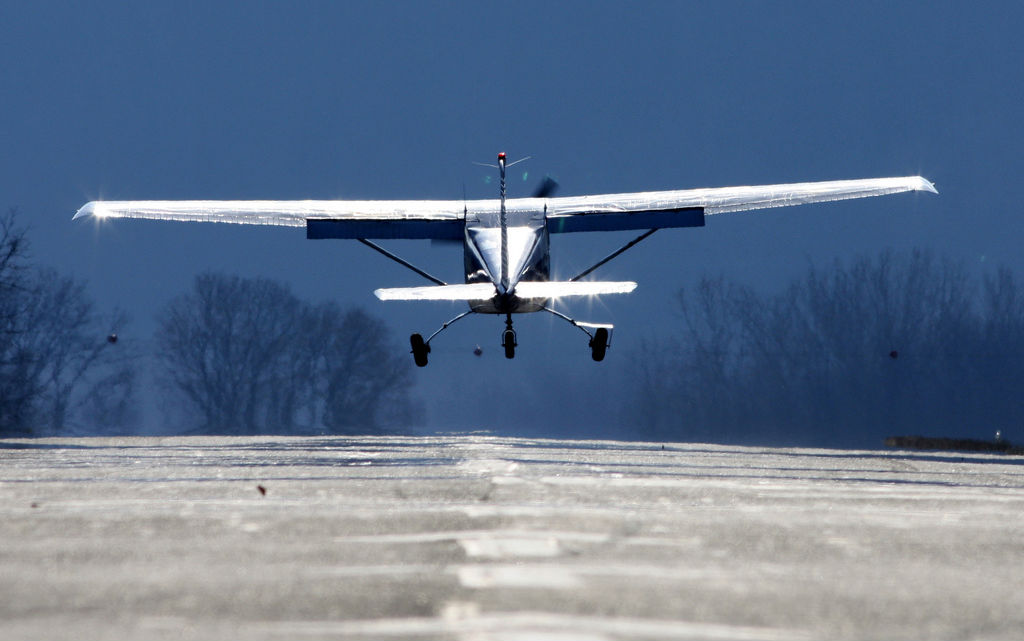
a. Eligibility: To obtain a PPL, individuals must be at least 17 years old, able to read, speak, write, and understand English, and hold at least a third-class medical certificate.
b. Training: Prospective pilots need to accumulate a minimum of 40 flight hours, including 20 hours of flight training with an instructor and 10 hours of solo flight time.
c. Knowledge Test: A more comprehensive knowledge test covering various aspects of aviation must be passed.
d. Practical Test: The final step is the practical test, which includes both a flight portion and an oral examination.
4. Approximate Average Cost:
The cost of flight training can vary significantly based on factors like location, flight school, aircraft rental rates, and individual aptitude. On average, transitioning from an Ultralight Part 103 to a Sport Pilot license might cost around $5,000 to $10,000. Progressing to a PPL from a Sport Pilot license could range from $8,000 to $15,000.
The journey from Ultralight Part 103 to a full GA license is an exhilarating one, offering increasing levels of freedom and skill development. While there are limitations along the way, each license level represents a step closer to becoming a versatile and proficient pilot. The costs involved are investments in a lifelong passion that can lead to adventures in the skies that few experiences can match. Whether you choose to stay within the bounds of a Sport Pilot license or set your sights on a full GA license, the path you take will undoubtedly be a rewarding one.
Learning to Fly – Essential Materials and Equipment for Aspiring Pilots.
Learning to fly is an exciting journey! Whether you’re pursuing a private pilot’s license or aiming for a more advanced rating, there are several materials and items that can help you prepare for your flight training. Here’s a list of essential materials and equipment you might want to consider:
Ground School Tutorials and Study Materials:
- Ground School Tutorials and Study Materials:
- Pilot’s Handbook of Aeronautical Knowledge (PHAK): This is a comprehensive guide published by the FAA that covers a wide range of aviation topics.
- Airplane Flying Handbook (AFH): Another FAA publication that provides information on flight principles, manoeuvres, and procedures.
- Online Ground Schools: There are various online platforms that offer interactive ground school courses, videos, and practice exams to help you learn the theoretical aspects of flying.
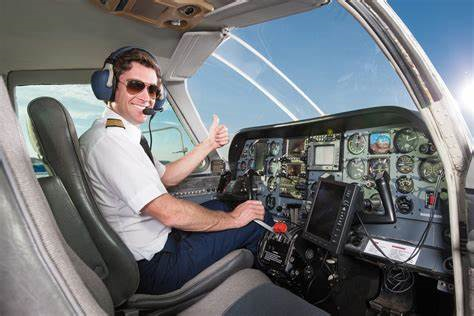
Flight Training Manual:
- Flight Training Manual:
- Flight Training Manual (FTM): Your flight school might provide its own manual with specific procedures, checklists, and guidelines for your training aircraft.
A flight training manual typically offers a comprehensive guide for individuals seeking to become pilots or advance their piloting skills. It covers various aspects of flying, aviation regulations, safety protocols, and operational procedures. While the exact content can vary based on the type of aircraft and level of training, here’s a general outline of what a flight training manual might offer:
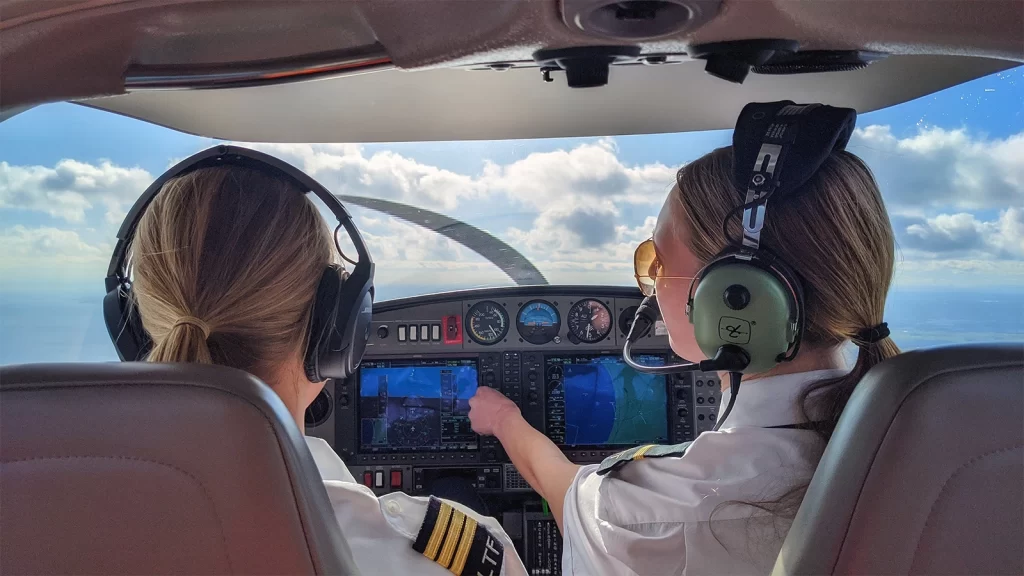
- Introduction to Flight Training:
- Overview of the training program.
- Explanation of the training objectives and goals.
- Introduction to the aircraft type and its specifications.
- Aviation Regulations and Procedures:
- Overview of aviation regulations and authorities (e.g., FAA, EASA).
- Understanding of airspace classifications and regulations.
- Introduction to the relevant documents like Airworthiness Directives (ADs), NOTAMs (Notice to Airmen), etc.
- Aircraft Systems:
- Detailed description of the aircraft’s major systems: flight controls, avionics, engines, hydraulics, electrical, etc.
- Explanation of the instruments and their functions in the cockpit.
- Pre-flight Procedures:
- Pre-flight inspection checklist and procedures.
- Fuelling, loading, and weight-and-balance considerations.
- Cockpit setup and configuration before take off.
- Flight Manoeuvres and Procedures:
- Step-by-step instructions for various flight manoeuvres such as take off, landing, climbing, descending, turning, and emergency procedures.
- Explanation of coordinated flight, stalls, spins, and recovery techniques.
- Navigation and Flight Planning:
- Introduction to navigation tools: charts, GPS, navigation aids.
- Flight planning procedures, including route selection, weather considerations, and alternate airports.
- Communication Procedures:
- Radio communication protocols and phraseology.
- Interaction with air traffic control (ATC) and other aircraft.
- Emergency Procedures:
- Comprehensive guide to handling various emergency situations, including engine failure, fire, loss of communication, and more.
- Decision-making processes during critical moments.
- Instrument Flying:
- Introduction to flying solely by reference to instruments (IFR).
- Explanation of attitude instruments, navigation instruments, and interpretation of flight data.
- Cross-Country Flights:
- Planning and executing longer flights.
- Navigation techniques, including pilotage and dead reckoning.
- Human Factors and Crew Resource Management (CRM):
- Understanding the psychological and physiological aspects of flying.
- Techniques for effective communication, teamwork, and decision-making in the cockpit.
- Post-flight Procedures:
- Checklist for securing the aircraft after the flight.
- Reporting any discrepancies or issues encountered during the flight.
- Appendices:
- Glossary of aviation terms.
- Relevant charts, maps, and diagrams.
- Reference materials and resources.
It’s important to note that flight training manuals are tailored to specific aircraft types and training programs, so the content may vary. These manuals play a crucial role in providing structured and standardized training to aspiring pilots while emphasizing safety, adherence to regulations, and operational excellence.
Learning to Fly & Navigation Equipment:
- Navigation Equipment:
- E6B Flight Computer: A traditional mechanical or electronic flight computer that helps with calculations such as time-speed-distance, fuel consumption, and wind correction angles.
- Electronic Flight Bag (EFB): Tablet or electronic device loaded with aviation apps and navigation software. Apps like Foreflight or Garmin Pilot can provide charts, weather data, and navigation aids.
- Aviation GPS: A handheld or panel-mounted GPS device can aid in navigation and situational awareness.
As a student pilot, you will likely encounter and use various tools and technologies to aid in flight planning, navigation, and calculations. Three important tools you mentioned are the E6B Flight Computer, Electronic Flight Bag (EFB), and Aviation GPS. Here’s a brief overview of each and their significance for a student pilot:
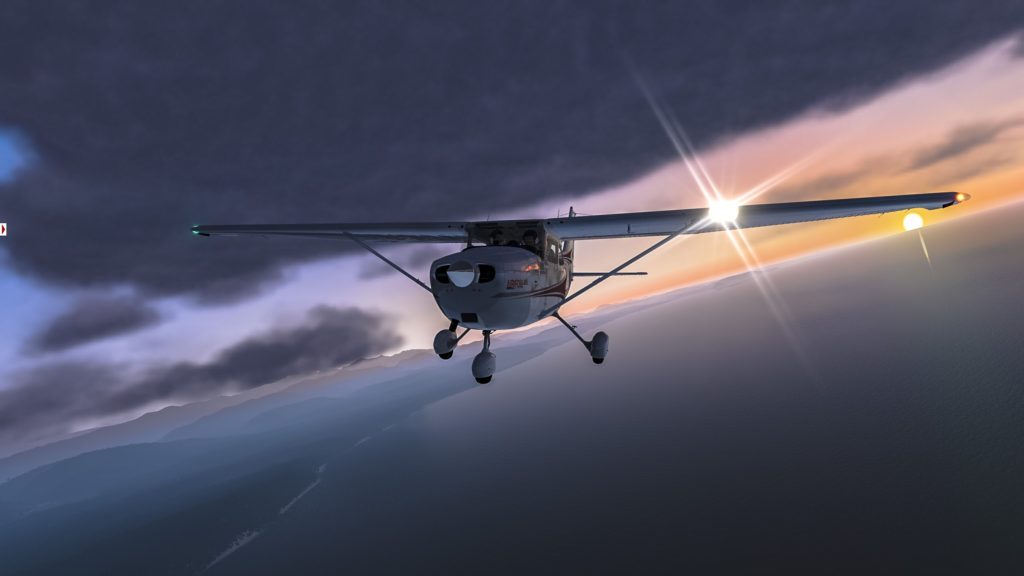
- E6B Flight Computer: The E6B Flight Computer, also known as a “whiz wheel” or “manual flight computer,” is a mechanical device used for various aviation calculations. It can perform functions like converting units, calculating time-speed-distance relationships, fuel consumption, wind correction angles, and more. It’s a valuable tool for flight planning and navigation, allowing pilots to make quick calculations without relying on electronic devices. Learning how to use the E6B is an important skill for pilots, as it provides a backup solution in case electronic devices fail.
- Electronic Flight Bag (EFB): An Electronic Flight Bag (EFB) is a digital device, typically a tablet or specialized software on a laptop, that replaces traditional paper charts, manuals, and other navigational materials. EFBs provide a wide range of functions, including displaying digital charts, flight planning tools, weather information, NOTAMs (Notices to Airmen), performance data, and more. They streamline the pilot’s workflow, reduce clutter in the cockpit, and provide real-time access to critical information. EFBs can enhance situational awareness and efficiency during flight operations.
- Aviation GPS: An Aviation GPS (Global Positioning System) is a navigation tool that uses satellite signals to determine the aircraft’s precise position, altitude, groundspeed, and heading. Aviation GPS devices are specifically designed for aviation use and often have features such as terrain and obstacle warnings, flight plan management, and integration with autopilot systems. For student pilots, GPS provides accurate navigation data and helps in understanding the aircraft’s position relative to waypoints, airports, and other important landmarks.
As a student pilot, these tools serve as aids to help you learn and develop essential skills in flight planning, navigation, and decision-making. While technology has greatly advanced in aviation, it’s still important to have a solid understanding of manual calculations and traditional navigation methods, as they provide valuable backup options in case of electronic system failures.
Maps and Charts:
- Maps and Charts:
- Sectional Charts: These detailed charts show topography, airspace, navigation aids, and landmarks.
- Terminal Area Charts (TAC): More detailed charts for major metropolitan areas, useful for flight planning and navigation in busy airspace.
- Navigation Log: A tool for planning your route, estimating fuel consumption, and tracking progress during flight.
In pilot training, Sectional Charts, Terminal Area Charts (TAC), and Navigation Logs are essential tools used for flight planning, navigation, and maintaining situational awareness. Each of these tools serves a specific purpose in different phases of flight. Let’s explore their uses:
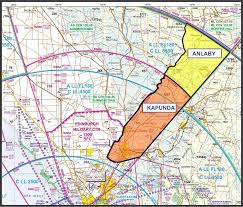
- Sectional Charts: Sectional Charts are large-scale topographic maps designed for visual flight navigation. They provide detailed information about geographical features, airspace boundaries, navigation aids, airports, obstacles, and ground landmarks. These charts are crucial for flight planning, helping pilots identify landmarks, choose suitable routes, and understand the airspace environment they will be flying through. Sectional Charts are particularly important for general aviation pilots who fly at lower altitudes and rely on visual references.
- Terminal Area Charts (TAC): Terminal Area Charts, sometimes referred to as TACs or “Class B Charts,” provide detailed information for navigation and instrument procedures in busy terminal areas around major airports. They offer a closer view of the airspace, including airspace boundaries, navigation aids, communication frequencies, and important visual references. TACs are used by pilots flying in and around complex terminal areas, aiding in safe navigation, communication with air traffic control, and proper adherence to procedures during approach and departure.
- Navigation Logs: Navigation Logs are documents that pilots use to plan and document the details of a flight. They include information such as the planned route, waypoints, distances between waypoints, headings, estimated times en route, fuel consumption calculations, and more. Pilots use navigation logs to organize their flight plan, calculate fuel requirements, and ensure they have all the necessary information for a safe and efficient flight. During the flight, pilots can use the navigation log to track their progress and make adjustments as needed.
In summary, when learning to fly these tools play vital roles in different aspects of flight planning and navigation. Sectional Charts provide a comprehensive overview of the airspace and terrain for visual navigation, Terminal Area Charts offer detailed information for flying around major airports, and Navigation Logs help pilots plan and execute their flights by calculating important parameters and keeping track of progress. Mastery of these tools is essential for safe and effective flight operations, whether a pilot is conducting visual or instrument flight.
Flight Bag:
- Flight Bag:
- A durable and spacious bag to carry all your materials, headsets, kneeboards, and personal items to and from the airport.
Choosing the right flight bag is an important decision for a student pilot, as it will carry the necessary tools, documents, and personal items needed for flight training. Here’s a list of items and features to consider when selecting a flight bag:
1. Size and Capacity: Ensure the bag is large enough to hold all your essentials without being overly bulky. It should comfortably fit your flight documents, navigation tools, and personal items.
2. Durability: Look for a bag made from durable materials that can withstand the rigors of aviation environments. Flight training involves frequent movement, so a sturdy bag is essential.
3. Organization: A well-organized bag with various compartments, pockets, and dividers will help you keep your items sorted and easily accessible. This is particularly important for quick access during flight.

4. Comfort and Portability: Consider features like padded straps, ergonomic designs, and options for carrying (handheld, shoulder strap, backpack style) to ensure comfort during transportation.
5. Secure Closures: Zippers and closures should be sturdy and secure to prevent accidental openings and protect your items.
6. Weather Resistance: Flight bags with water-resistant or waterproof features can help protect your valuable items from rain or other adverse weather conditions.
7. Dedicated Sections: Look for specific compartments designed for items like a headset, charts, navigation tools, tablet or EFB, flashlight, and personal items.
8. Document Storage: Ensure the bag has space for your pilot logbook, medical certificate, student pilot certificate, sectional charts, and any other relevant documents.
9. External Pockets: Pockets on the outside of the bag can be handy for storing items you need quick access to, like a water bottle or a notepad.
10. Reflective Elements: Reflective strips or elements can enhance visibility, especially if you’ll be walking on or near runways or taxiways.
11. Quality Brand: Opt for a reputable brand known for producing reliable aviation gear. Quality bags are likely to last longer and provide better protection for your equipment.
12. Adaptable Design: A bag that can transition from flight training to future piloting needs is a good investment. Make sure it can accommodate additional items as your training progresses.
Remember that your flight bag will evolve as you gain experience and transition to different phases of your aviation journey. It’s important to find a balance between functionality, durability, and comfort to ensure that your flight bag serves you well throughout your training and beyond.
SIM ITEMS GEAR – Need Some NEW GEAR?
Flight Gear:
- Flight Gear:
- Aviation Headset: A good quality headset with noise-cancelling features is essential for clear communication in the cockpit.
- Kneeboard: A clipboard-like accessory that attaches to your leg, providing a platform for notes, checklists, and charts.
- Pilot Logbook: To record your flight time and training progress.
- E6B App: There are various apps available that simulate the functions of a traditional E6B flight computer.
When selecting aviation equipment such as an aviation headset, kneeboard, pilot logbook, and E6B (or E6B app), trainee pilots should consider several factors to ensure they have tools that are comfortable, practical, and conducive to effective flight training. Here are some aspects to look for in each of these items:
Aviation Headset:
- Comfort: Look for a headset with well-padded ear cups and an adjustable headband to ensure comfort during long flights.
- Noise Reduction: Active noise-cancelling or passive noise reduction features can help reduce cockpit noise, enhancing communication and reducing fatigue.
- Microphone Quality: A noise-cancelling microphone with clear transmission is essential for effective communication with air traffic control and fellow crew members.
- Durability: Aviation headsets can undergo wear and tear, so choose a model with a robust build and quality materials.
- Compatibility: Ensure the headset can connect to various aircraft communication systems and devices.
- Bluetooth Connectivity: Some headsets offer Bluetooth connectivity, allowing you to pair with devices like smartphones or tablets.
Kneeboard:
- Secure Attachment: Choose a kneeboard with sturdy and adjustable straps to ensure it stays in place during flight.
- Writing Surface: Look for a kneeboard with a suitable writing surface for note-taking and quick reference.
- Storage: Compartments for holding charts, navigation tools, a flashlight, and other essentials can help keep your cockpit organized.
- Compatibility: Ensure the kneeboard fits comfortably over your leg and any additional layers you might wear during flight.
Pilot Logbook:
- Layout: Choose a logbook with a clear layout for recording flight information, including dates, aircraft type, flight hours, and remarks.
- Space: Ensure there is ample space for recording flight details for both training and future flights.
- Binding and Durability: A well-bound logbook made from durable materials will withstand frequent use and last throughout your training.
- Compatibility: If you plan to use electronic logbooks, ensure that the paper logbook you choose can be easily transcribed to the digital format.
E6B (or E6B App):
- Ease of Use: Whether using a physical E6B or an app, it should be user-friendly and intuitive for performing various flight calculations.
- Functionality: Look for a tool that can perform time-speed-distance calculations, wind correction angles, fuel consumption, and other relevant aviation calculations.
- Accuracy: Choose an E6B that provides accurate results to ensure safe and precise flight planning.
- Unit Conversion: The tool should allow you to easily convert between different units, such as nautical miles to statute miles or gallons to liters.
- Availability: An E6B app should be available on the platform (iOS, Android) you’re using and should work offline if needed.
When learning to fly selecting these aviation tools, it’s important to balance functionality, comfort, durability, and compatibility with your training needs. Investing in high-quality equipment will not only enhance your training experience but also set you up for success as you progress in your aviation career.
Safety Equipment:
- Safety Equipment:
- Aviation Sunglasses: Polarized sunglasses designed for aviation can reduce glare and enhance visibility.
- High-Visibility Vest: Useful for pre-flight inspections and increased visibility on the ramp.
When learning to fly choosing quality aviation sunglasses and a high-visibility vest, trainee pilots should consider specific features that enhance safety and comfort during flight training. Here’s what to look for in each item:
Aviation Sunglasses:
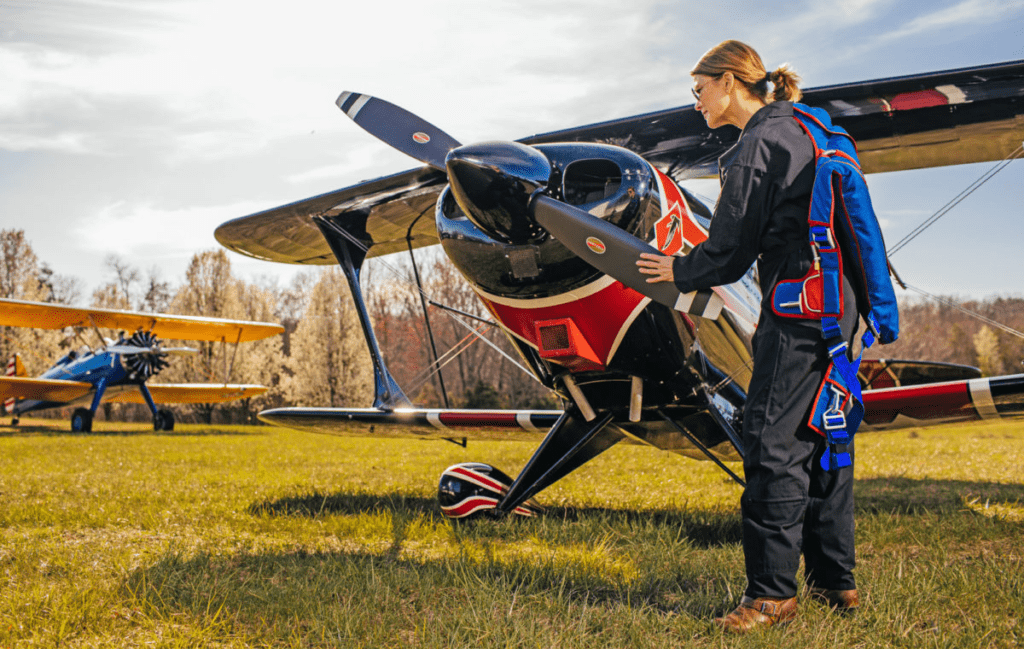
- Polarization: Polarized sunglasses can effectively reduce glare from sunlight reflecting off surfaces such as water, runways, and roads. This can enhance visibility and reduce eye strain.
- UV Protection: Sunglasses should provide 100% UV protection to shield your eyes from harmful ultraviolet radiation.
- Lens Color: Opt for lenses with neutral or gray tints. These provide true color perception while reducing overall brightness.
- Anti-Reflective Coating: Sunglasses with anti-reflective coatings on the back of the lenses can prevent reflections from reaching your eyes, particularly when looking at glass cockpit displays.
- Frame Style: Choose a frame style that fits comfortably under a headset. It should not press against your temples or interfere with the headset’s ear cups.
- Durability: Look for sunglasses made from durable materials that can withstand the rigors of flight training and various weather conditions.
- Fit and Comfort: The sunglasses should fit securely without causing pressure points. Adjustable nose pads can enhance comfort.
- Lens Size: Larger lenses can provide better coverage and protection from sunlight and wind.
- Side Shields: Some sunglasses have side shields that block light from entering from the sides, further reducing glare.
High-Visibility Vest:
- ANSI/ISEA Certification: Ensure that the vest meets ANSI/ISEA 107-2015 or similar standards for high-visibility apparel. This ensures visibility and safety during ground operations.
- Reflective Material: Look for vests with ample reflective material that enhances visibility in low-light conditions or at night.
- Bright Color: Choose a vest in a bright color such as orange, yellow, or lime green, which stands out against different backgrounds.
- Adjustability: The vest should be adjustable to fit comfortably over your flight clothing or uniform.
- Pockets: Some vests come with pockets that allow you to carry small items like a flashlight or a notepad.
- Breathability: Flight operations can be physically demanding, so consider a vest made from breathable materials to avoid overheating.
- Stowability: Look for vests that can be easily folded or rolled to fit in your flight bag.
- Safety Standards: Check if the vest meets any local aviation regulations or requirements.
Remember that comfort and safety are paramount when you learning to fly. Aviation sunglasses and a high-visibility vest should not impede your ability to operate the aircraft and should enhance your overall safety and awareness during flight operations.
Remember that your flight school may have specific recommendations for materials and equipment when you learning to fly. It’s also a good idea to consult with your qualified flight instructor QFI or school before making any purchases to ensure you’re getting the most relevant and up-to-date resources.
Flight Training and what you learn in the Aircraft Systems.
Navigation equipment used in flight training plays a crucial role in helping pilots learning to fly safely & navigate through various phases of flight. It includes a range of tools and instruments that provide information about the aircraft’s position, heading, altitude, and route. Here’s a brief outline of common navigation equipment used in flight training and their purposes:
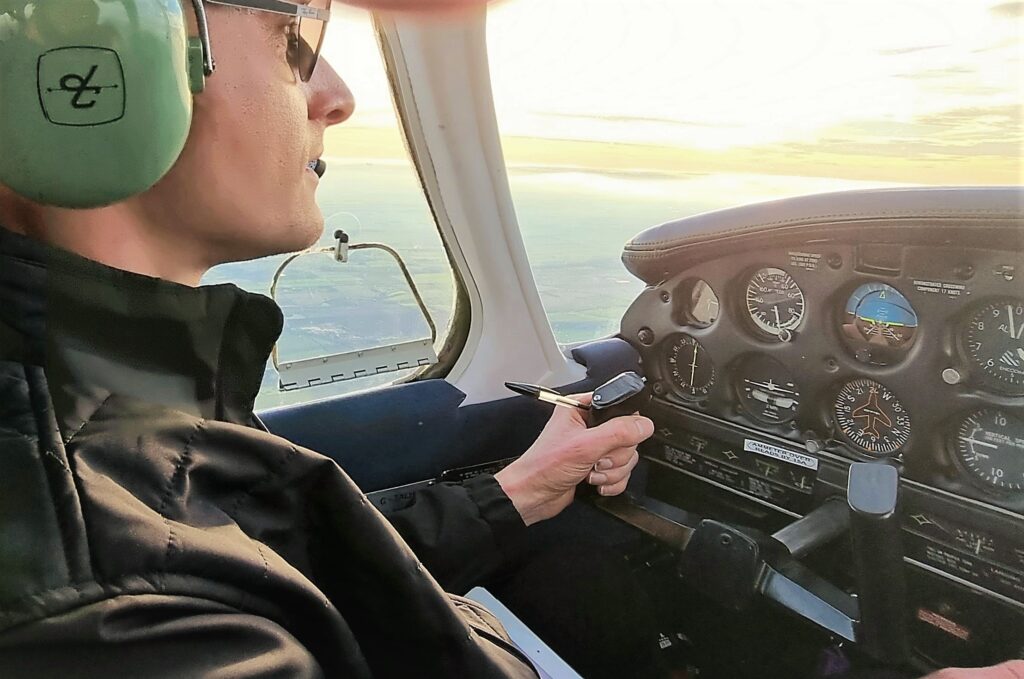
- Magnetic Compass:
- Provides the aircraft’s magnetic heading.
- Used as a backup reference for heading information, especially during electrical failures.
- Attitude Indicator (Artificial Horizon):
- Displays the aircraft’s attitude (pitch and roll) relative to the horizon.
- Essential for maintaining level flight and controlling the aircraft’s orientation.
- Heading Indicator (Gyrocompass or Directional Gyro):
- Provides a stable and accurate indication of the aircraft’s heading.
- Helps pilots maintain their desired course during flight.
- Turn Coordinator:
- Indicates the rate and direction of aircraft turns.
- Aids in coordinated turns and helps prevent slips and skids.
- Vertical Speed Indicator (VSI):
- Displays the rate of climb or descent of the aircraft.
- Used for altitude control and maintaining specific rates of ascent or descent.
- Altimeter:
- Provides the aircraft’s altitude above a specified reference point (usually mean sea level).
- Crucial for maintaining safe altitude clearance above terrain and obstacles.
- Airspeed Indicator:
- Displays the aircraft’s current airspeed.
- Used for controlling airspeed during various flight phases, including take off, cruise, and landing.
- Horizontal Situation Indicator (HSI):
- Combines information from the heading indicator and navigation systems.
- Helps pilots visualize their position, course, and relationship to navigation aids.
- Navigation Radios:
- Includes VHF (Very High Frequency) and VOR (VHF Omnidirectional Range) equipment.
- Used to communicate with air traffic control and navigate using ground-based navigation aids.
- Global Positioning System (GPS):
- Satellite-based navigation system that provides accurate position, altitude, and velocity data.
- Used for precise navigation, flight planning, and approaches.
- Inertial Navigation Systems (INS) and Inertial Reference Systems (IRS):
- Advanced systems that use accelerometers and gyroscopes to calculate position, velocity, and attitude.
- Provide accurate navigation information over long distances and times.
- Flight Management System (FMS):
- Integrated system that combines navigation databases, GPS, and other sensors.
- Enables advanced route planning, automation, and navigation accuracy.
- Electronic Flight Bag (EFB):
- Tablet or electronic device that hosts navigation charts, maps, and operational data.
- Replaces traditional paper charts and enhances situational awareness.
- Traffic Collision Avoidance System (TCAS) and Automatic Dependent Surveillance-Broadcast (ADS-B):
- Systems that enhance situational awareness by providing information about nearby aircraft.
- Helps prevent mid-air collisions and supports safe navigation in congested airspace.
Navigation equipment ensures that pilots can accurately determine their position, follow designated routes, and safely navigate through various weather conditions and airspace environments during flight training and actual operations.
Online Options for New Pilots.
There are quite a few super knowledgeable pilot shops with much of the equipment mentioned above to get started learning to fly. Let’s look at one such school, a QFI who has been flying since the 1970s so you know Rod Machado has the knowledge and up to date information to get you started today.
Rod Machado Flight Instructor & online Store.
Rod Machado is a well-known figure in the aviation community. He is a flight instructor, aviation educator, and author with a focus on aviation training materials and resources. He is known for his engaging and humorous teaching style that helps make complex aviation topics more understandable for students.
Rod Machado has authored a number of aviation training books for avid pilots learning to fly, including titles like “Rod Machado’s Private Pilot Handbook” and “Rod Machado’s Instrument Pilot’s Survival Manual.” He has also produced various multimedia resources, such as online courses, videos, and interactive training materials, aimed at helping both student and experienced pilots improve their aviation knowledge and skills.
He has not only contributed to pilot education but has also been involved in public speaking engagements and aviation safety seminars.
As for his online store, Rod Machado has a website where he offers his aviation training products and materials for sale. You can typically find his books, online courses, and other resources related to pilot training and aviation education available for purchase on his official website.
Please note that there might have been developments or changes since my last update in September 2021. I recommend visiting Rod Machado’s official website or conducting an online search for the most current information about him and his online store.
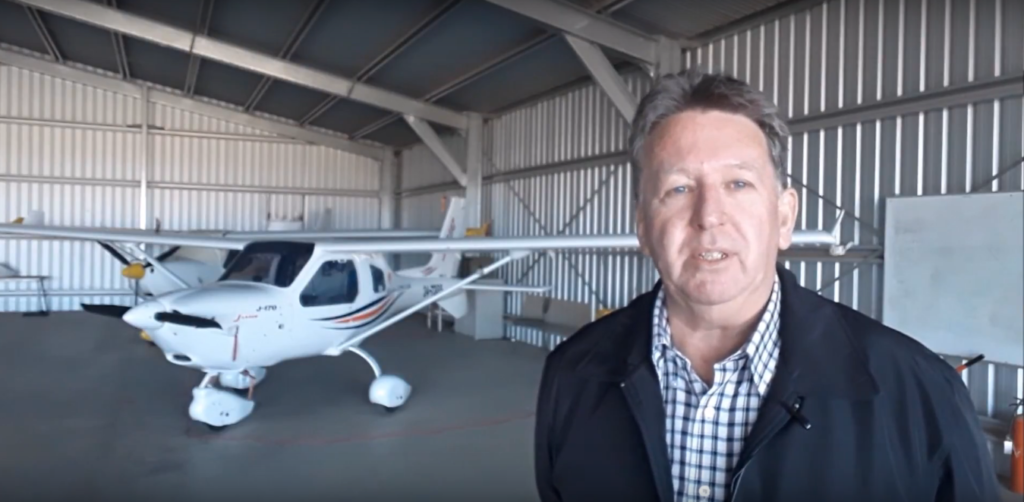
Author.
Brendon McAliece is a multi-lingual expat who brings over three decades of flight simulator/PC building experience as well as over two decades of real-world jet fighter experience as a weapons/egress technician.
He holds a sport pilot certificate giving him real-world flying experience. His travels have taken him from Europe to the Middle East, Asia and his home of Australia. He has a passion for travel, languages, Flight simulation as well as Guitaring and Coffee. You can read more in his blogs below.
Learn More @ DreamingGuitar.com – DreamingCoffee.com – LetsFlyVFR.com
( HOME – BLOG – SHOP – ABOUT )
As an Amazon affiliate I may benefit from qualifying sales.
